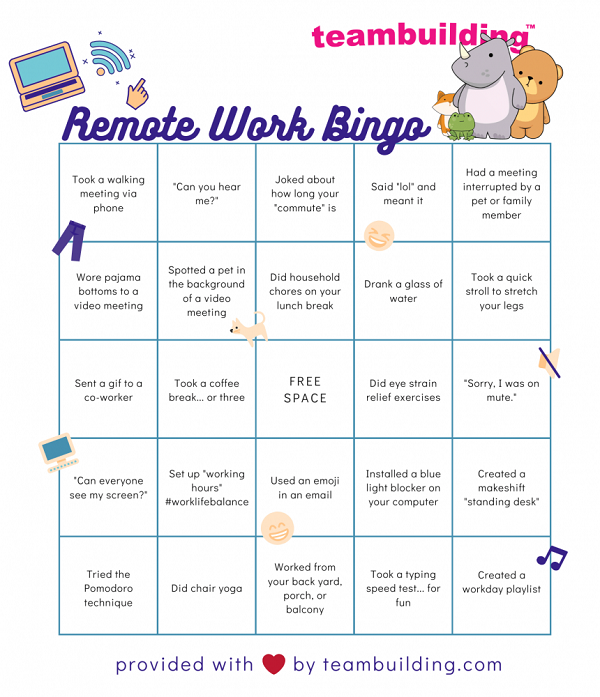Do you have a clear understanding of how your leader and customers wish to be communicated with?
Does your staff or your peers have a clear understanding of how YOU want to be communicated with?
Does everyone know what is expected of them in terms of what should be communicated when?
Is there a high level of comfort for giving and receiving feedback?
Chances are the answer is “no” to at least one of these questions.
Communication–the human connection–is the key to personal and career success.
–Paul J. Meyer
Picking the right channel of communication is a key skill for all leaders. To do this well you have to understand the richness of the channel and the type of message best suited for that channel.
The 4 Channels of Communication
It’s important to understand the channels of communication that we use all the time and how they may affect our message (in order of richness).
1. Face to face
Why is this the richest? Think about your tone of voice, posture, gestures, eye contact, and body position/language.
2. Telephone
What can you detect from hearing a voice? What might you miss?
3. Computer/email/social media
All you have is the ability to share text although some people try to use emojis, parentheses, italics, or bold type to denote their emotional perspective. Has your message ever been misinterpreted?
4. Brochures/bulletins/flyers
This is meant for the widest possible audience; everyone on distribution gets the same message, and, you don’t always know who read it.
All channels of communication serve a purpose dependent on what’s being communicated.
Given that, the first thing we suggest is to know the audience and the message of the communiqué. Before it’s delivered identify the reason, the main points and anticipate questions and responses.
Be prepared for the following questions:
- What is happening?
- Why is it happening?
- How and when is it going to happen?
- Who is being impacted? How?
- How will concerns be addressed?
Preparing in advance and anticipating questions (and maybe even some resistance) will allow you to deliver your message with clarity and confidence.
What communication model works best for you?
BONUS – QWIKTIP – Read more: KNOCK ‘EM DEAD




